5 biggest Google Pixel 6 leaks we've spotted so far
A wild redesign, homemade chipset and Android 12 exclusives
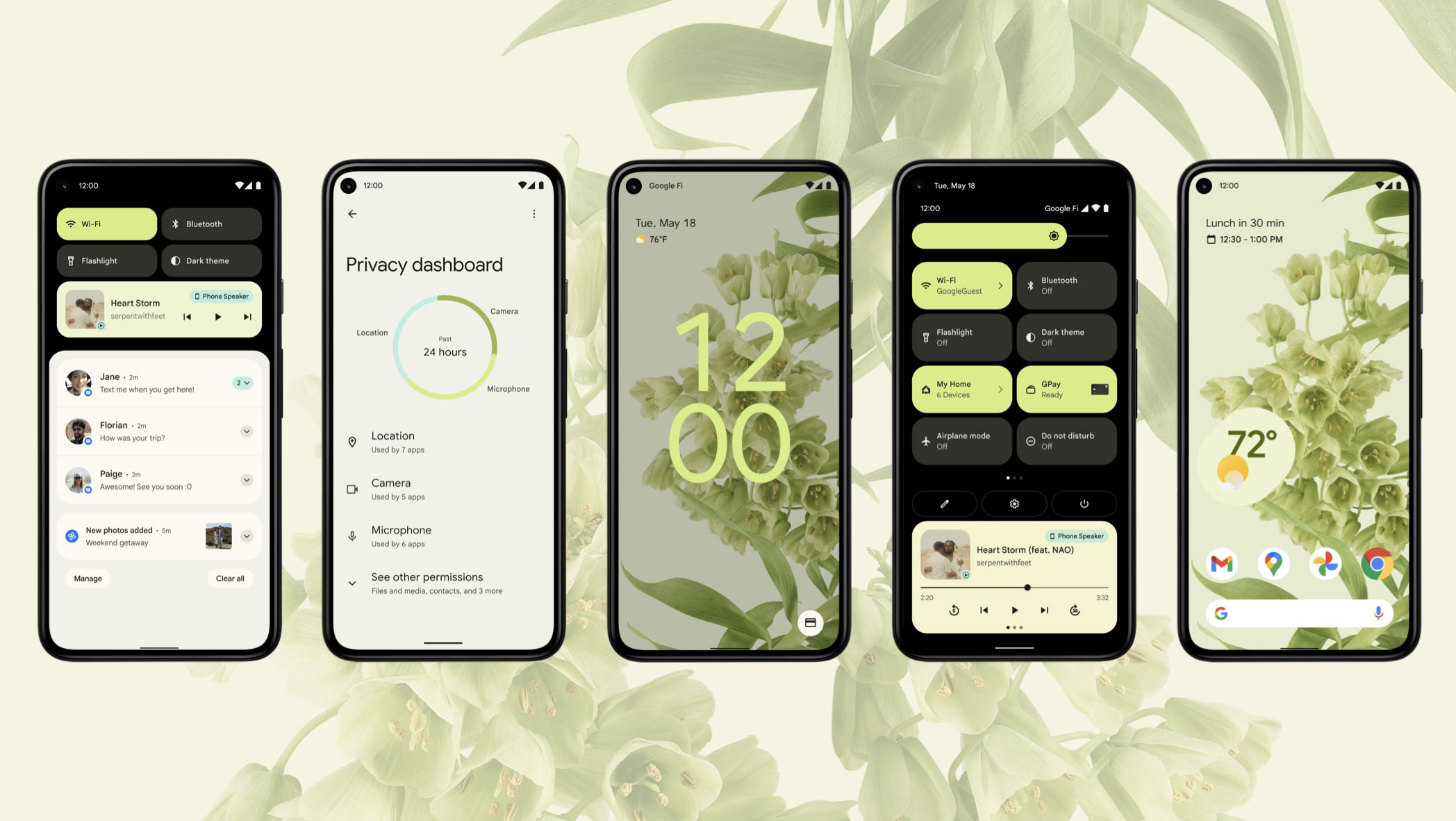
In terms of the best Android phones, no Google Pixels have made our list for some time. Yet the past few weeks have provided a whirlwind of Google Pixel 6 leaks and news that give us hope Google can overcome its underwhelming Pixel 5 launch.
We've recently seen leaked renders of what the Pixel 6 could look like, alleged specs for the 6 and 6 Pro, and announcements of Android 12 tools that will be timed exclusives on Pixel phones. The latter could give the Pixel 6 an edge on other upcoming Android phones like the Galaxy S22.
If you've missed out on some or all of the recent leaks, we'll bring you up to speed with a round-up of the Pixel 6 specs and rumors we're most intrigued by – or most disappointed by – across the past month.
- Google Pixel Fold release date, price, news and leaks
- Google Pixel 6? Forget it, I’m only excited for the Google Pixel 5a
- Our Android 12 beta hands-on
1. A radical Pixel redesign
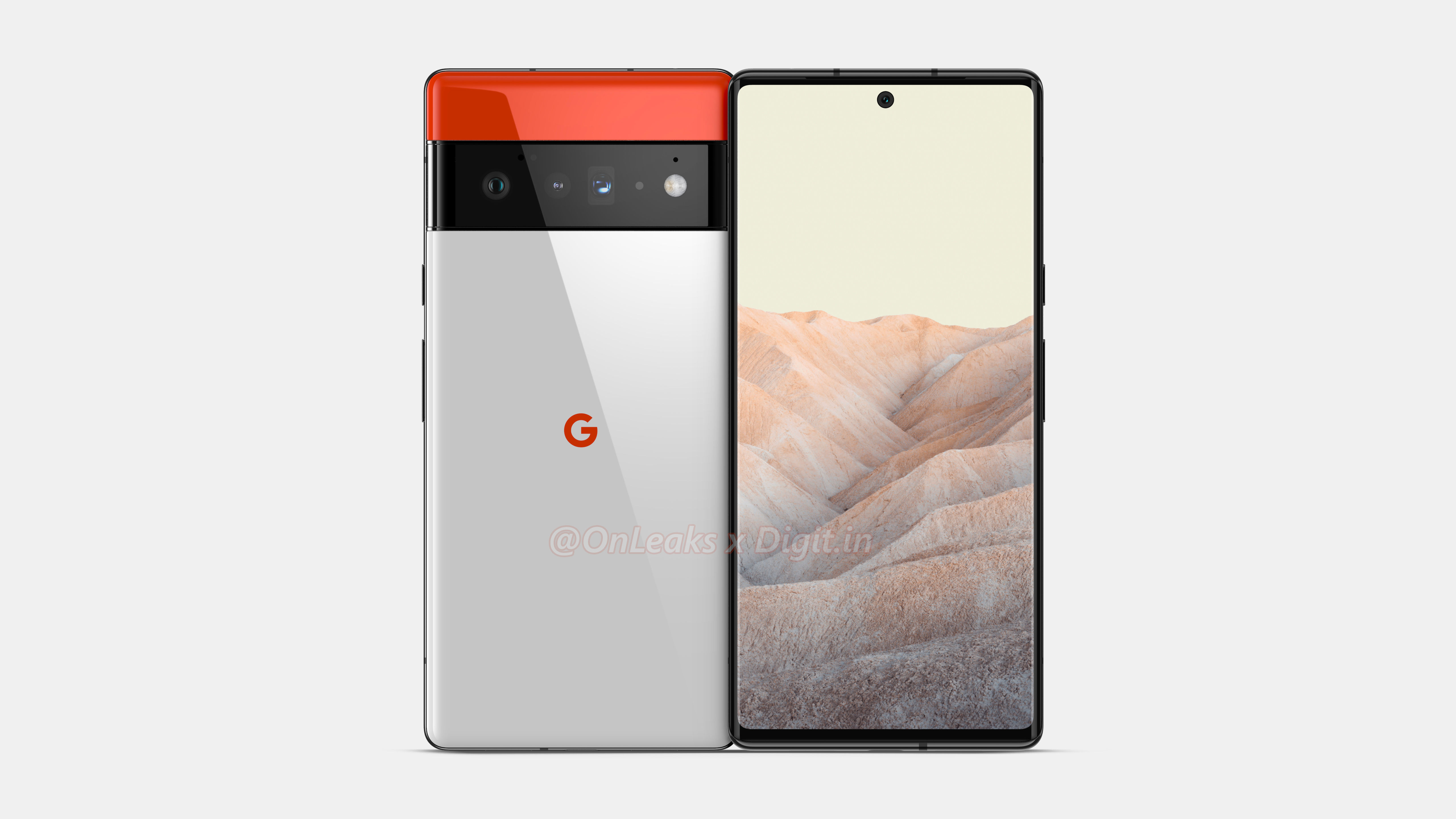
In the past two weeks, two tech tipsters – Jon Prosser and OnLeaks – independently got their hands on photos of the Google Pixel 6 and Pixel 6 Pro (or at least a prototype version). The renders they leaked looked similar enough to suggest that the Pixel 6 really will get a radical, stylish redesign.
The first leak revealed how the Pixel 6 could sport slim bezels, a glass back, protruding back camera block with two rear cameras – three for the 6 Pro – a bright orange strip on top, and an in-screen fingerprint sensor.
Then the second leak arrived, focusing on the Pixel 6 Pro's design and specs. Allegedly, the Pro will have a 6.67-inch curved AMOLED display, measurements of 163.9 x 75.8 x 8.9 mm (6.45 x 3 x 0.35 in), three cameras – wide-angle, periscope telephoto and a third unspecified lens – dual stereo speakers and wireless charging.
Specs aside, Google's Pixel redesign was a positive sign for us. Aside from the return of an 'XL' Pixel, the Pixel 6 actually has a personality that stands out, whereas the Pixel 5 design was more functional than attractive.
Get daily insight, inspiration and deals in your inbox
Sign up for breaking news, reviews, opinion, top tech deals, and more.
2. A (disappointing) Samsung-made CPU
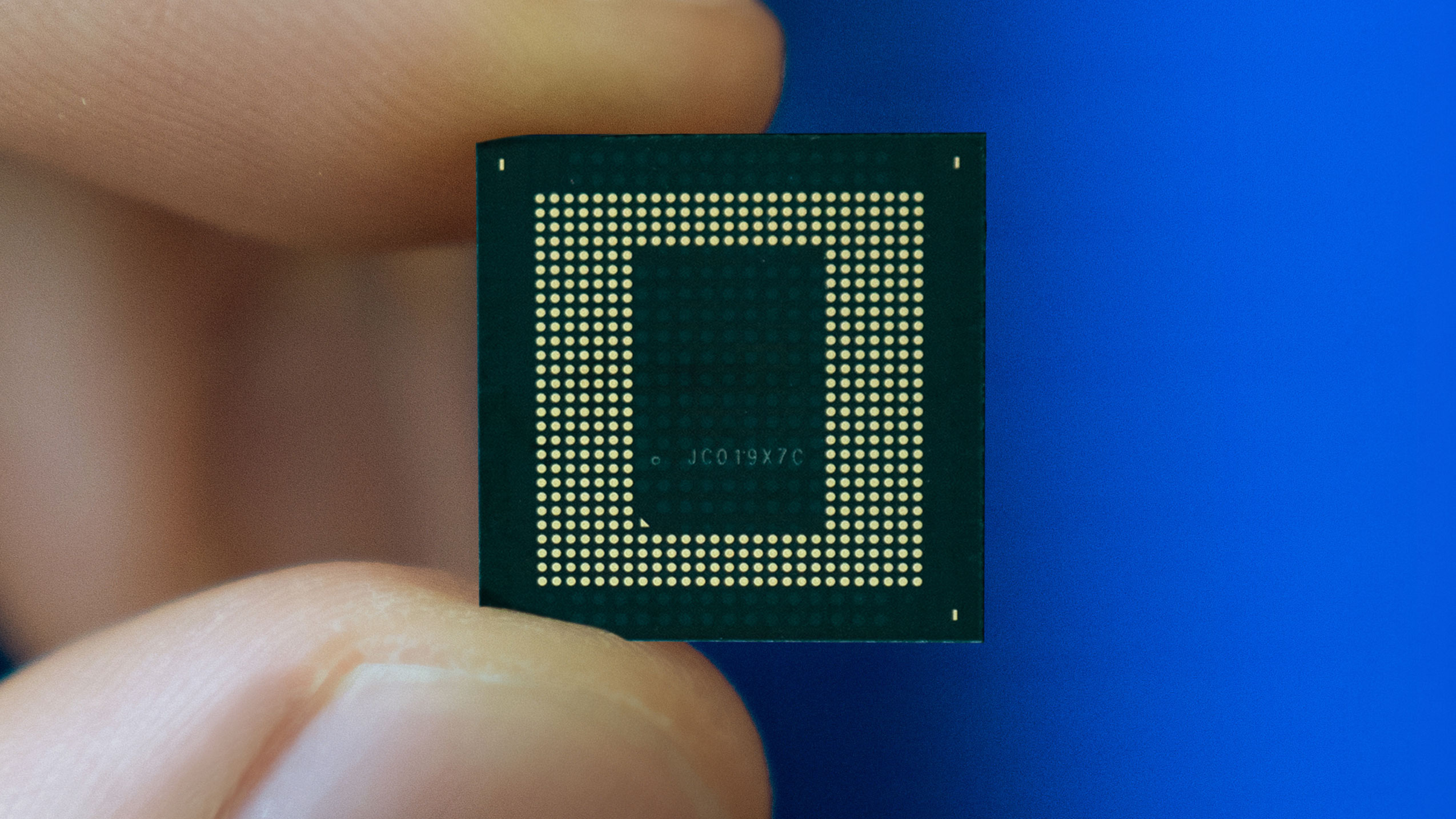
We heard in March that Google was co-developing a system-on-a-chip (SoC) with Samsung to power its 2021 Pixel phones. Just as Apple's self-developed chips help its iPhones to outperform more powerful Snapdragon hardware, we hoped that Google's SoCs would match or outperform Qualcomm when running Android 12.
Unfortunately, leaked results for Pixel 6 performance validation test (PVT) units suggest that Google's Whitechapel chips run about as fast as the Snapdragon 870. For context, mid-range phones like the Moto G100 and Xiaomi Poco F3 have the 870, while 2021 flagships like the Galaxy S21 and OnePlus 9 have Snapdragon 888s.
Google will apparently use the same Mali-G78 GPU found in the international Galaxy S21 with the Exynos 2100 SoC chipset. While many sites are assuming this means the Pixel 6 will be as fast as the S21, AnandTech performed an in-depth test comparing the 2100 and the Snapdragon 888 and found the Snapdragon outperformed the Exynos by most metrics.
Yes, Google traditionally sells its Pixels at a mid-range price, and leaker @heyitsyogesh claims the Pixel 6 matches 'other leading mobile chips' for 'raw AI performance'. Still, we're uncertain now if Google's flagship will actually match other 2021 phones when it comes to speed and graphics.
3. Upgraded Pixel cameras and display
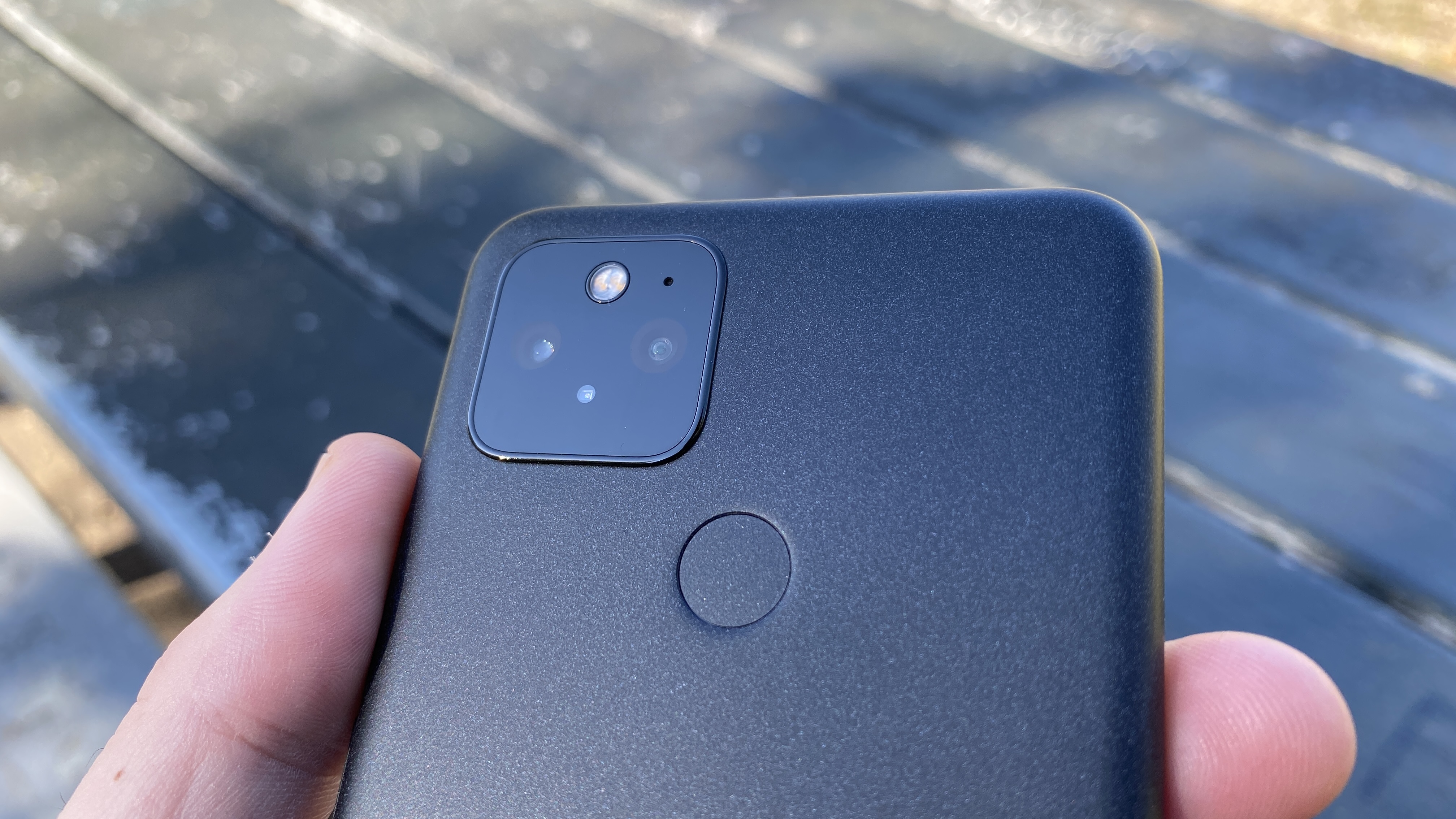
While the Whitechapel revelations let us down, other Pixel 6 specs came out at the same time to soften the blow.
For starters, both the Pixel 6 and Pixel 6 Pro will have 120Hz displays, upgrading on the Pixel 5's 90Hz refresh rate. For better graphics, you'll want the Pro with its 6.67-inch curved QHD display, while the base 6 has a 6.4-inch flat display that likely will stick to FHD.
We've also heard that the Pixel 6 and Pro will have an upgraded, larger camera sensor than the Pixel 5. In our review, the 5 generally did well for photography but struggled with night shots and zoomed photos, so we're hoping this new sensor improves in those areas.
Both phones will also support mmWave 5G and sub-6GHz, making them reliable for 5G phone fans. And the Pro apparently sports a 5,000mAh battery, while the Pixel 6's battery will be slightly smaller.
4. Auto-translated apps: a Pixel exclusive
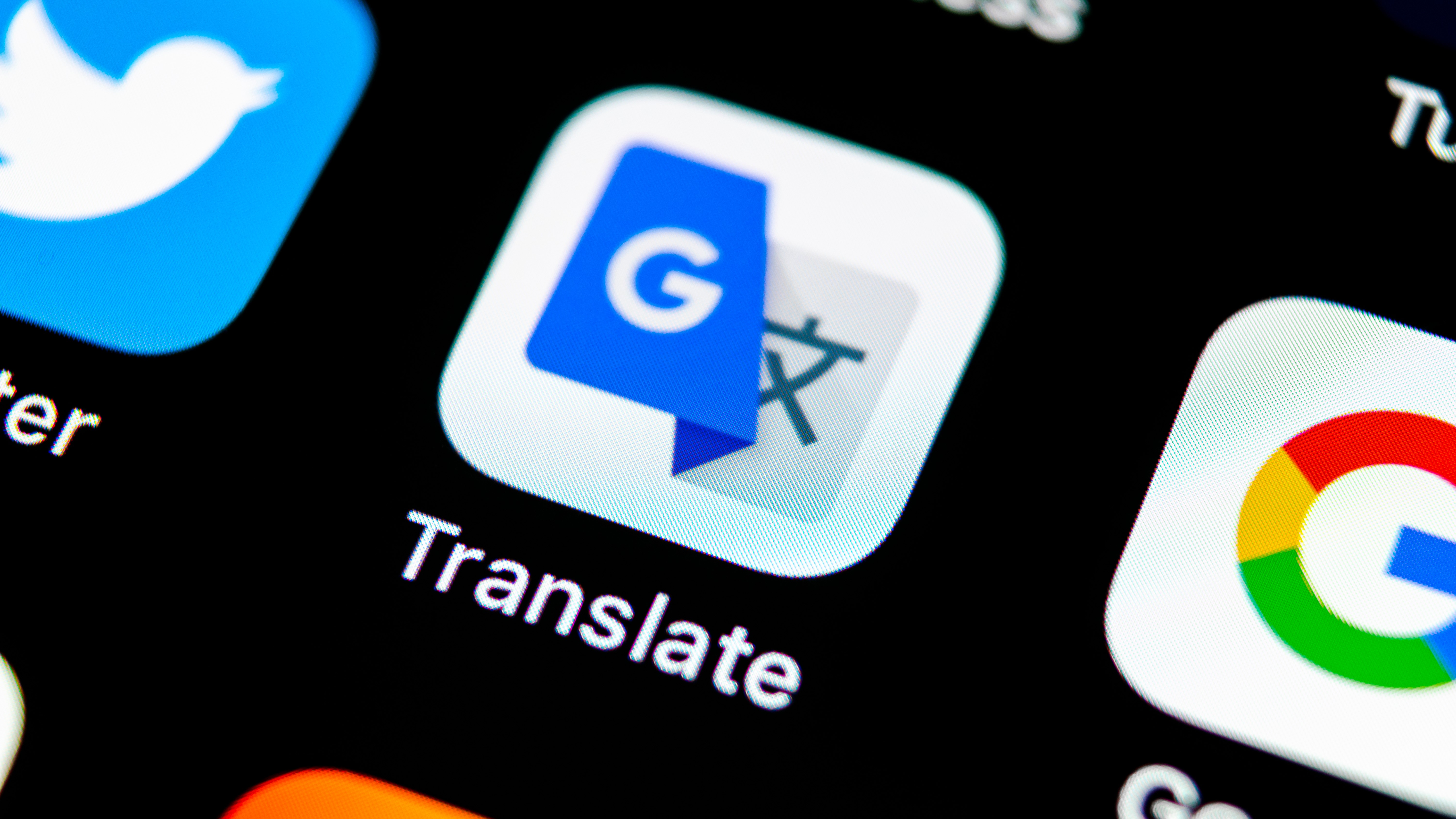
During Google IO 2021, Google announced that Android 12's 'Material You' redesign – which changes the Android UI across all apps to incorporate whichever colors you choose – would only be available on Pixel phones. While we know that for certain, other rumored Android 12 features will also start as stock Android exclusives.
One such feature is automatic app translation, which would use Google Translate to change any text across all apps to your default language. XDA Developers first spotted the code in a leaked Android 12 beta back in April, then confirmed on May 26 that Google is actively exploring the feature.
Google may let other Android skins access the feature down the line, but it seems like Google may be using timed exclusive software to make its Pixels seem more appealing to consumers.
5. Ultra-wideband coming to Pixel?
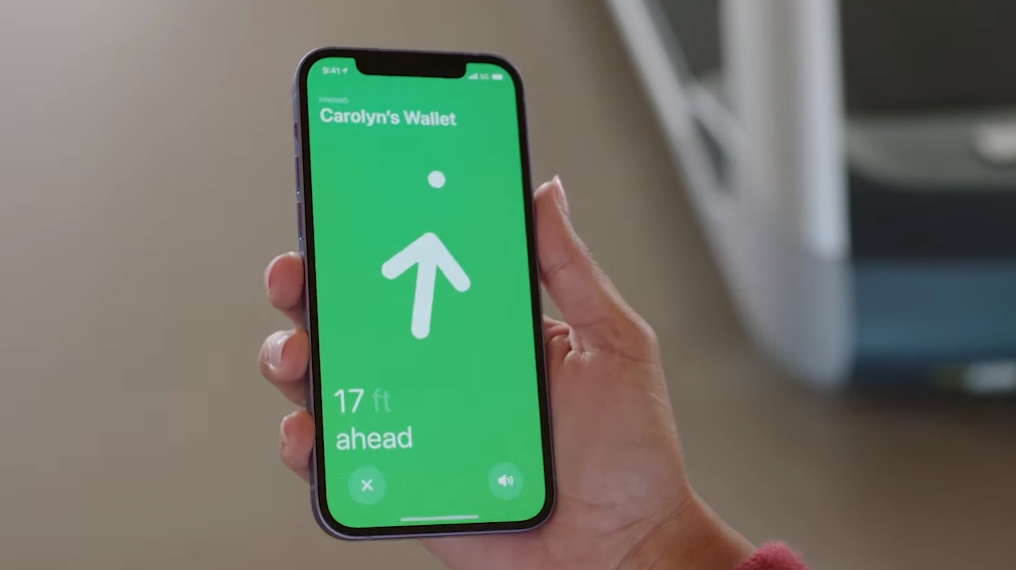
In early May, several tech outlets heard rumors that Google is considering adding ultra-wideband (UWB) to the Pixel 6.
It's a short-range communication protocol that makes it easier for your phone to connect with other nearby devices. Apple uses it in the iPhone 12 to accurately pinpoint Apple's new AirTag trackers, while the Galaxy S21 similarly uses UWB to find Samsung Galaxy SmartTags.
If Google really intends to add UWB to Pixel 6, it logically follows that Google may be planning to create trackers of its own, which could sync up with Google Home in some way. We know for certain, however, that Google plans to use UWB to unlock your car once Android 12 launches.
- Make the most of your phone with the best Android apps
Michael Hicks began his freelance writing career with TechRadar in 2016, covering emerging tech like VR and self-driving cars. Nowadays, he works as a staff editor for Android Central, but still writes occasional TR reviews, how-tos and explainers on phones, tablets, smart home devices, and other tech.
